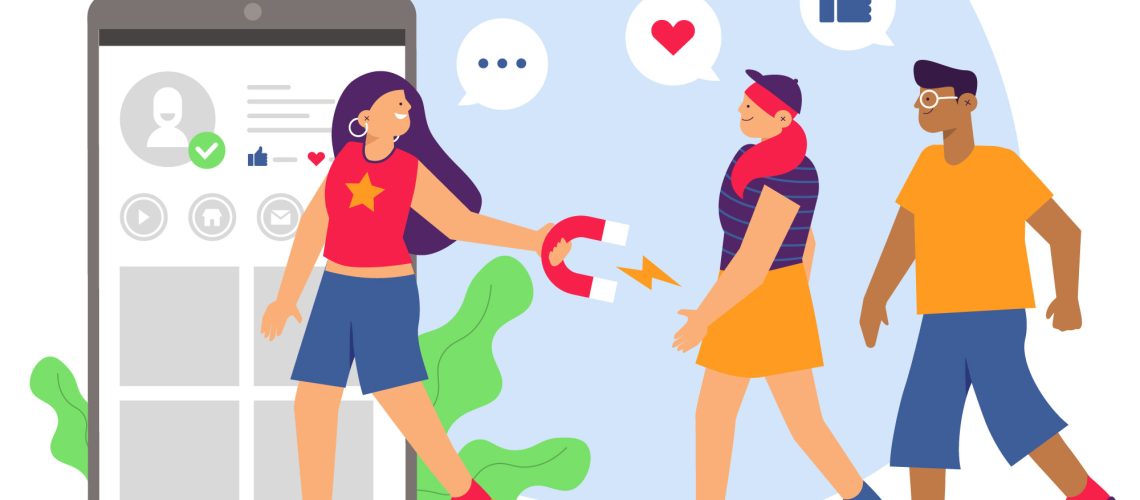Content creation should about telling stories, being creative, and having real talent. The loudest, most bizarre voices receive the most attention in today’s rat race for views.
From gaming and entertainment to political discourse, a large number of influencers are normalising hate speech, vulgarity, and false narratives to increase views, likes, and brand partnerships. Nowadays, shock value / sensation is more important than quality content.
Likes, comments, and views have become the new standard of measurement whether you’re a riffraff or a vagabond, it makes no difference.
Why Influencers Promote Hate and Sensationalism?.
- To gain more Engagement & Virality
- Monetization and Revenue Generation
- Psychological Manipulation & Audience Retention
- Political & Ideological Influence
- Creating a Loyal Fan Base
- Easy way to build Personal Brand
- Lack of Regulation & Accountability
Why Do Hatred and Filth Get Rewarded?.
The algorithm promotes a post more when it receives more interaction. People adoring drama and what’s happening in someone else house, and we are facing the brunt of it
- Sensationalism and Disinformation – Influencers spread wrong narratives, conspiracy theories, and twist facts, just to make money out of the views.
- Vulgarity for Viral Fame – Gaming, comedy, and lifestyle influencer, sell excessive profanity, sexist jibes, and explicit material as humour and entertainment and also curse aggressively and make sexist remarks to keep their audiences engaged.
- Hate Speeches – From religion to politics the hate-mongering influencers know that outrage equals views, creators play to sensational politics against one another, make exaggerated claims, and spread false narratives and cash on the chaos.
- Faking Feuds – Some other strategy is to involve influencers in fake feuds, made-up public fights, or targeted tirades against very public figures in order to garner visible fame and increase clicks to their pages, boosting their ad revenue and sponsorship deals.
Who is incharge?
Although it’s simple to place the blame on influencers, platforms, corporations, and viewers are all involved.
(a) On social media, controversy is valued more highly than credibility.
(b) Without screening their content, brands keep funding creators.
(c) Audiences feed the loop by interacting with harmful / hate content.
The Effects of This on Society:
- Normalising abuse and insults was unacceptable in the past and is common now.
- After reading biassed stories, people begin to believe erroneous facts as truth.
- Social media is rewarding the most disruptive users instead of inspiring invention.
Can This Be Fixed? Yes, but it requires teamwork:
- Tougher Platform Regulations: X, Instagram, and YouTube must demonetise hate speech and offensive material.
- Awareness of the Audience: Quit giving likes, shares, and engagement to harmful information. Instead, report harmful content.
- Brand Responsibility: Businesses should no longer support influencers who profit from hatred and ugliness.
- Improved Digital Laws: Governments need to hold influencers responsible for spreading false information and inciting hatred online.
Conclusion:
If social media is used properly, it may be a positive influence. In the name of fame and wealth, a lot of Indian influencers are currently straining the limits of decency. How long will we allow them to get away with it is the real question.
We, the audience, are in control. What we decide to watch, interact with, and endorse will determine how India’s digital landscape develops in the future. It’s time to demand better and stop fostering negativity.



